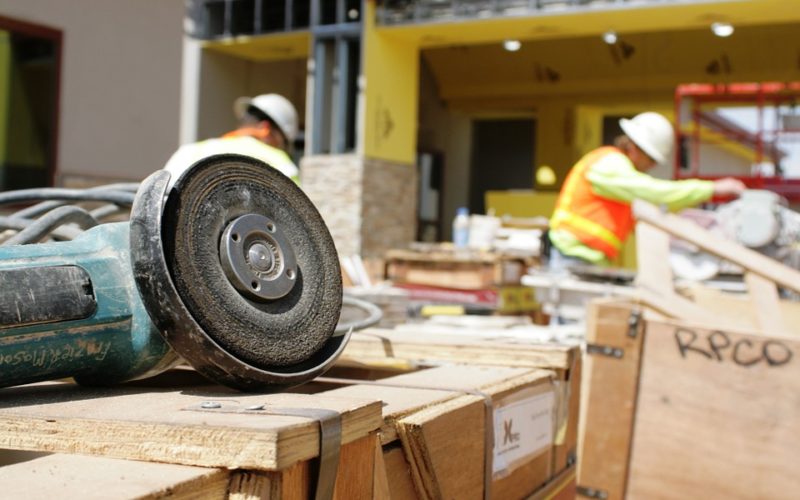Gentrification And Communities
Gentrification is a complex issue that impacts the lives of many. On one hand, it can bring economic and cultural vitality to neglected communities, bringing new life and creating opportunities for local investment in businesses and housing. However, gentrification can also displace long-term members of a community who may not be able to afford the costs associated with increasing property taxes and market prices. As an ever-growing phenomenon across countries all over the world, examining how gentrification affects cities and their citizens takes on even greater importance in our day-to-day lives.
What is gentrification
Gentrification is a term that has been thrown around a lot in recent years, but what does it actually mean? Put simply, gentrification refers to the process by which an area that was previously rundown or less desirable is transformed into a more affluent and trendy neighbourhood. This might involve new businesses opening up, improvements to infrastructure and housing, and an influx of wealth or educated residents to the area.
While some argue that gentrification is a positive force, bringing new life and investment to previously neglected areas, others point out that it can have negative consequences too. The rising cost of living and housing prices can force out long-time residents who can no longer afford to live in the area, while businesses that cater to the community's needs may be displaced in favour of more upscale options. Ultimately, it is up to policymakers and city planners to ensure that gentrification is managed thoughtfully, with a focus on supporting all members of the community, regardless of socioeconomic status.
Examining the pros and cons
Gentrification has been a topic of debate for quite some time now, and for good reason. On one hand, it brings a breath of fresh air to rundown neighbourhoods, spurring economic growth, and cultivating a vibrant community. However, this revitalisation comes at the cost of pushing out the lower-income residents who cannot afford the rising cost of living in the newly refurbished area.
While gentrification brings undeniable advantages, it undoubtedly creates a sense of insecurity and instability for those who call the neighbourhood their home. It is indeed a complex issue that merits a thorough discussion to strike a balance that benefits all parties involved.
The effects on low-income communities
Gentrification has been a buzzword for years now, and for good reason. It refers to the process of urban development that leads to the displacement of low-income residents in favour of higher-income ones. This process has a profound effect on the social and economic fabric of the community, often leading to increasing inequality and social segregation.
The impacts of gentrification also stretch beyond the local level as it can contribute significantly to the wider issue of income inequality in our society. This is because gentrification leads to the concentration of wealth in certain areas and the exclusion of others, resulting in a lack of investment in less prestigious neighbourhoods. Therefore, in order to tackle the effects of gentrification, it's essential to understand its root causes and to put policies in place to mitigate its negative consequences.
Investment opportunities
As cities continue to evolve and neighbourhoods undergo transformation, investing in gentrified areas has become a hot topic among investors. While there are certainly risks involved, the potential rewards can be substantial. Gentrification involves a shift in demographics and an influx of new businesses, which can lead to an increase in property values and rental prices. For investors willing to take a closer look at these neighbourhoods and take calculated risks, there may be great opportunities for long-term growth and profitability.
It's important to research and understand the nuances of the area before investing, but for those with a keen eye and an appetite for adventure, gentrified neighbourhoods may just hold the key to a lucrative investment portfolio.
Combating displacement
Displacement within communities can be a devastating experience for individuals and families, but it doesn't have to be a hopeless one. There are creative ways to combat displacement through community building. We must recognise the importance of preserving cultural traditions and support systems that keep communities together. Empowering community members to take ownership of their neighbourhoods through initiatives such as community gardens or mural projects can provide a sense of pride and unity.
Collaborating with local organisations and businesses to provide affordable housing options and job opportunities can also prevent displacement. It's important to think outside the box when combating displacement, and community building is a key component in finding innovative solutions.























